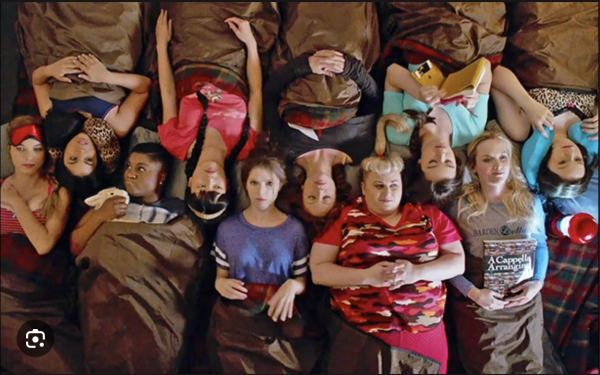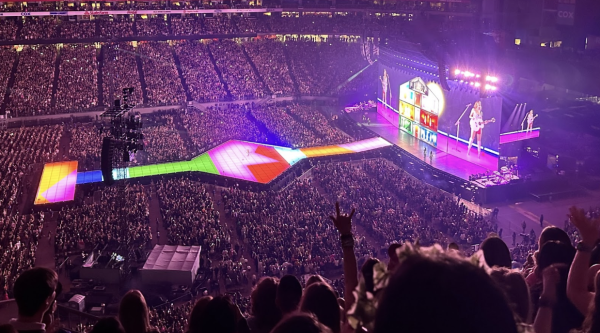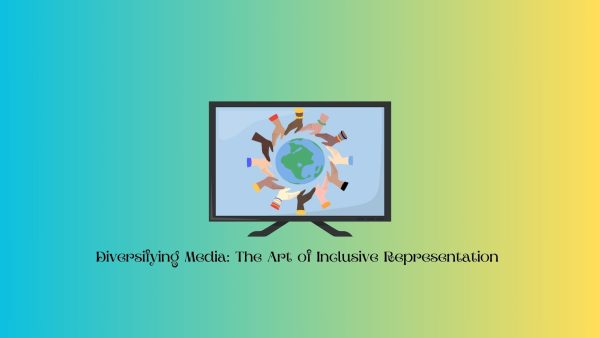Modern Technology: Beneficial yet Detrimental to Wildlife

Due to artificial lights, the population of fireflies has significantly declined over past years.
February 17, 2020
Technology is all around us. Whether it be a car passing by or a computer used to type up an article, we find many uses for it. In fact, there are a few benefits associated with technology and wildlife.
GPS trackers placed on endangered species have been used to monitor their every move, from their hunting behaviors to their whereabouts when they travel. These observations can help scientists monitor potential causes of their population decline and minimize human-animal conflicts. Another form of technology is gene therapy. This can help prevent genetic mutations from being passed on to different generations, allowing these animals to live a healthier lifestyle.
Although people tend to view the rapid advancements of technology as a benefit to all of society, be it person or animal, new research is starting to prove otherwise. Artificial lights, used to help people see at night, are actually putting ecosystems at risk. Many forms of life depend on the routine of day and night, their distinct differences obvious to these creatures. However, this unnatural form of light confuses them, causing many negative side effects. This concept can be seen in nocturnal animals, whose internal body clocks become unbalanced, since the light makes it appear as daytime to them. Similarly, for migrating birds, they can easily mistake the city landscapes for the moon and stars, resulting in millions of their deaths each year.
Recent studies have also shown that fireflies are now at risk due to artificial lights. “When finding and attracting mates, fireflies use bioluminescence, which are chemical reactions occurring inside their body that allow them to light up.” (CBS Pittsburgh). Aimee Zhang (10) states, “With the artificial lights being so bright, it can interfere with the luminous glow essential to fireflies.” Because of their natural glow, the lights make them one of the most susceptible insects to the effects, even when shown from miles away.
Knowing that artificial lights are essential to humans during nighttime, there is a wildlife-friendlier alternative that people can use. Switching to lights and motion sensors with warmer colored lights make a big difference, since they don’t shine as intensely at night. This allows for less disruptions in the biorhythm of organisms. For those who don’t want to make the switch, they are encouraged to face their lights down.
From the many break-through, life changing discoveries to the adverse, harmful ones, people should be well aware of how their technology can influence the environment around them. Finding a balance between what is good for us while not harming wildlife is key to helping preserve animals at risk.






















